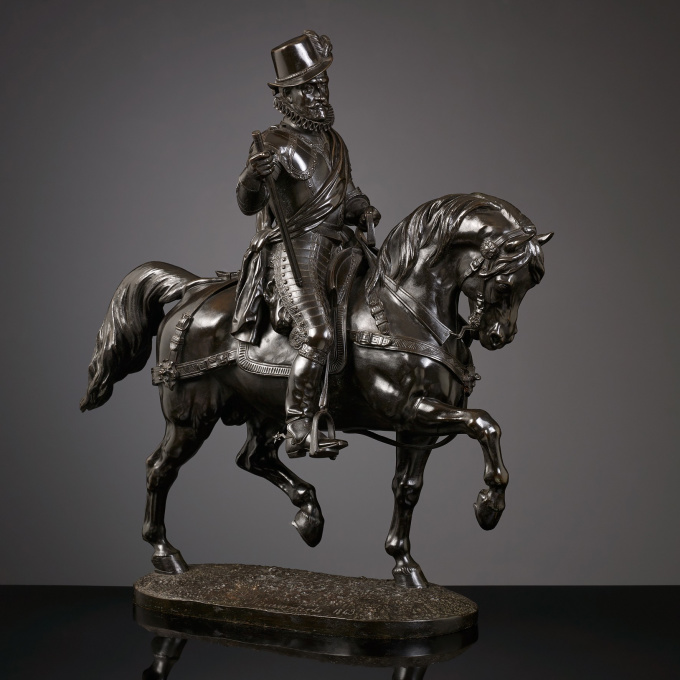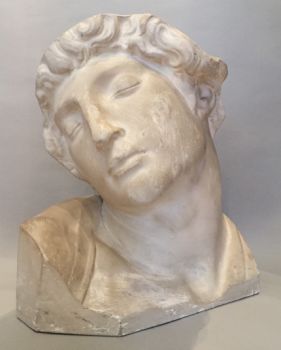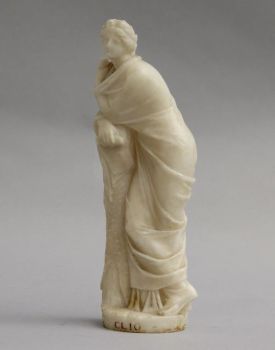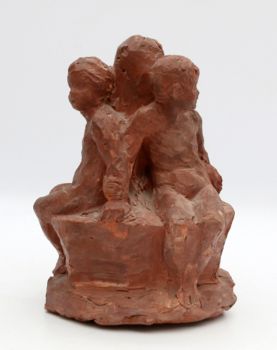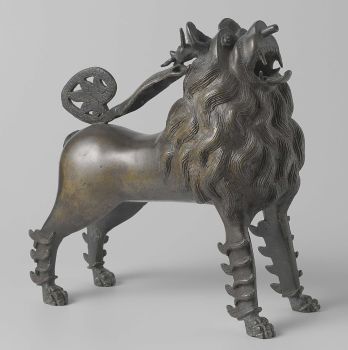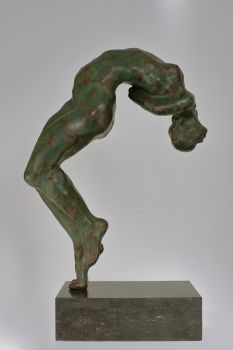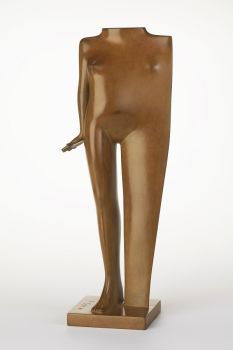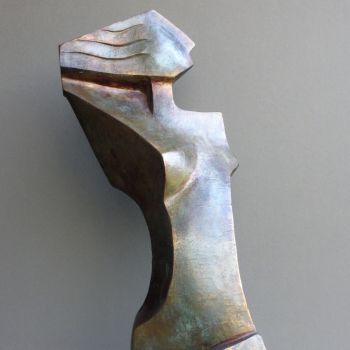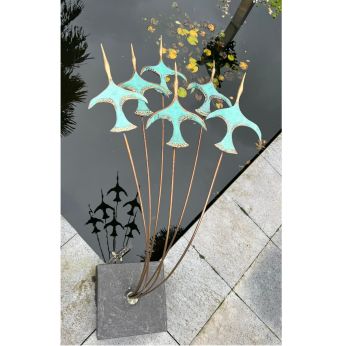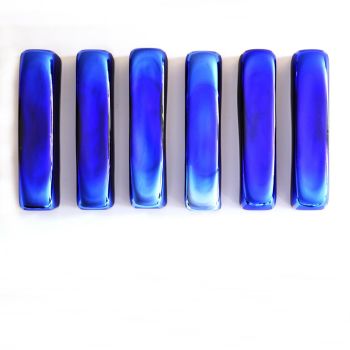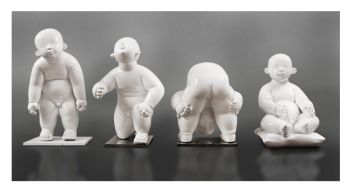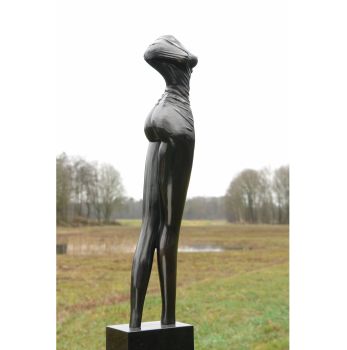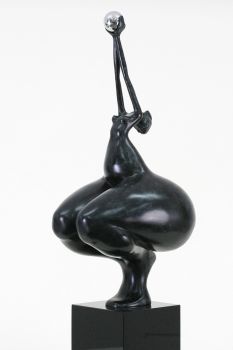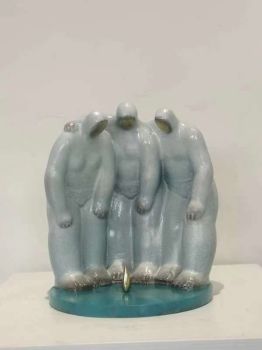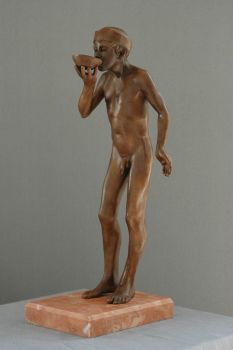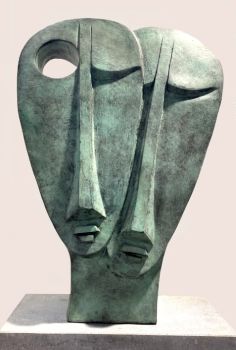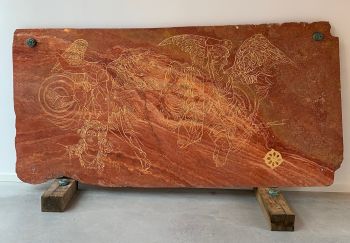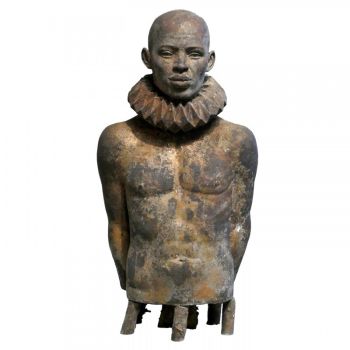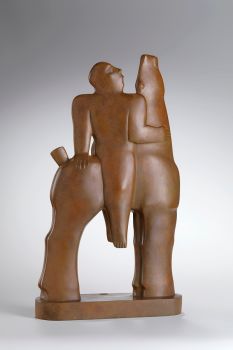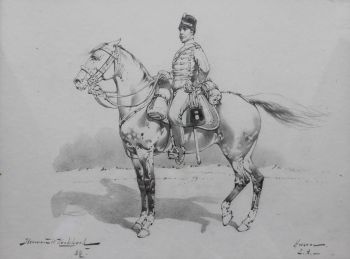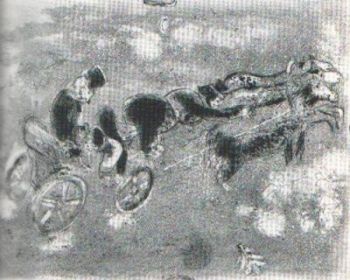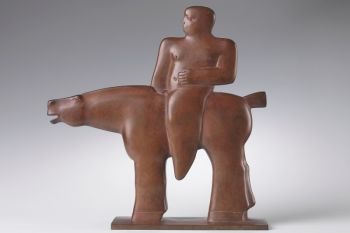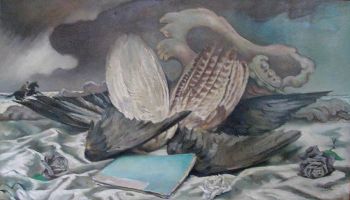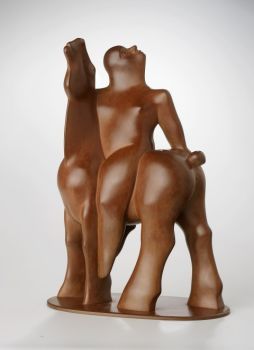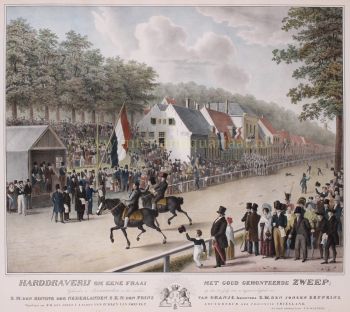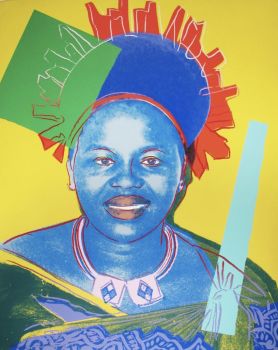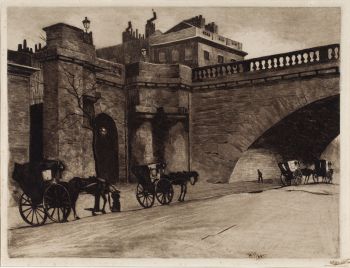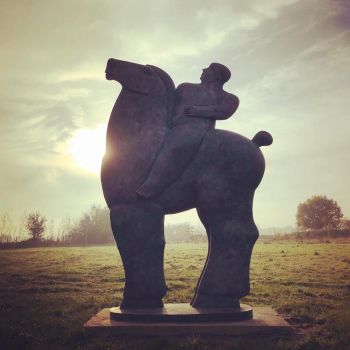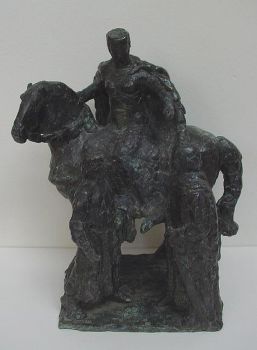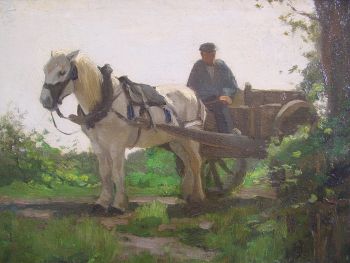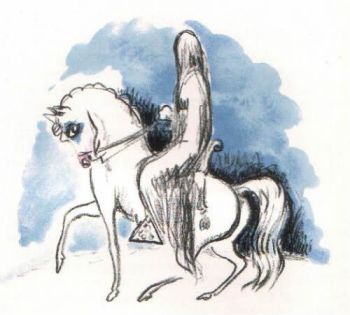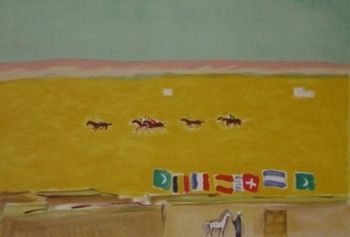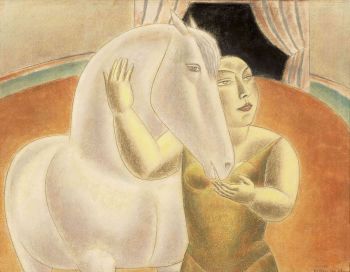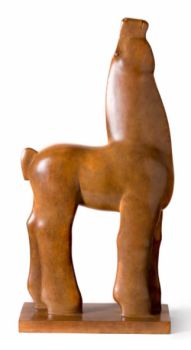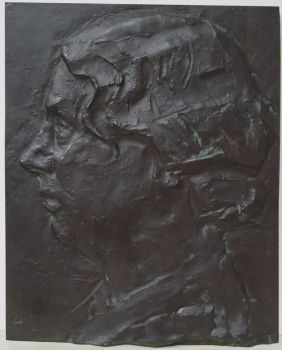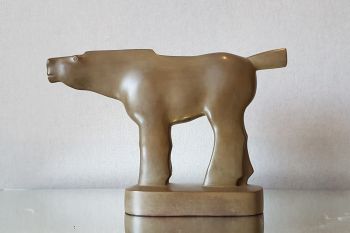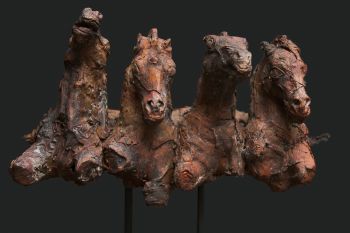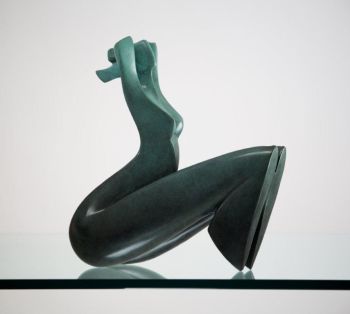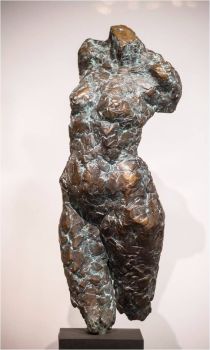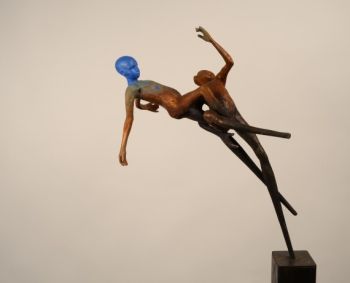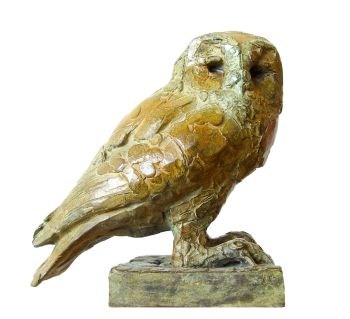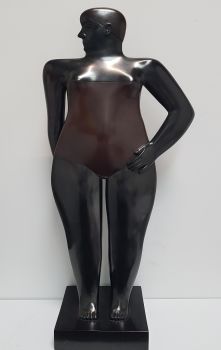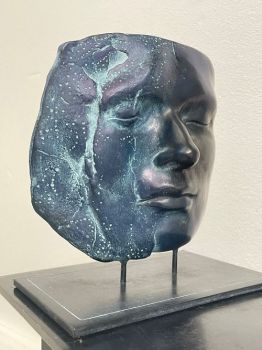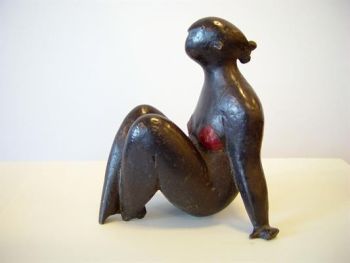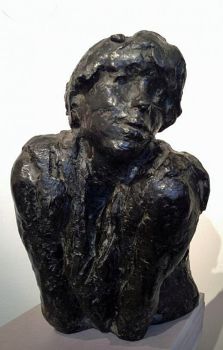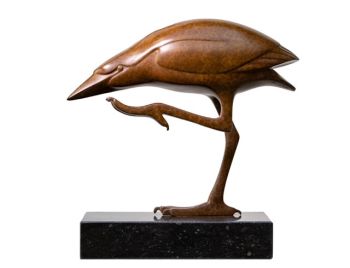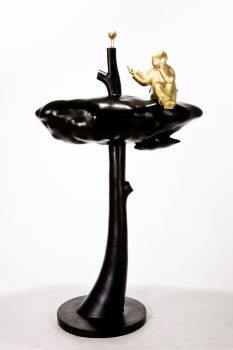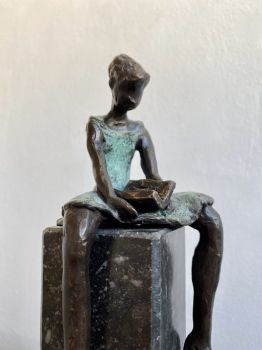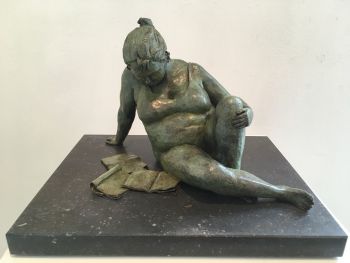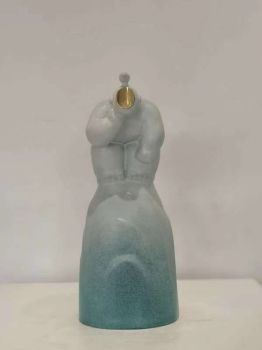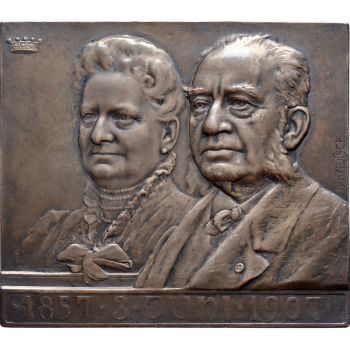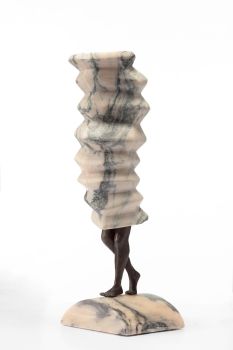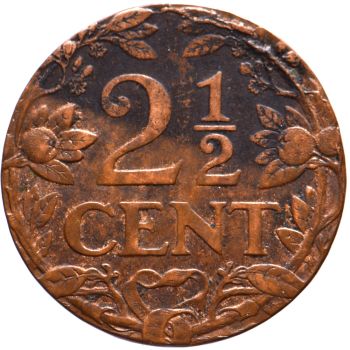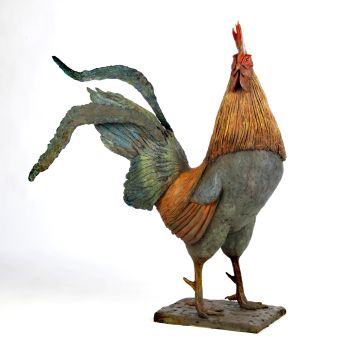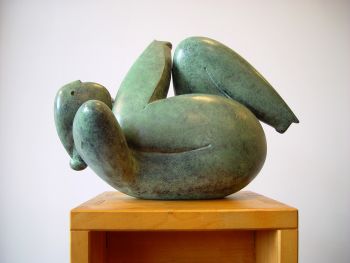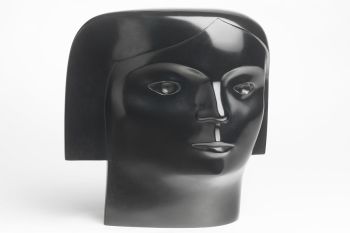Equestrian Statue of William the Taciturn 1840 - 1845
Émile de Nieuwerkerke
BronzeMetal
56 ⨯ 55 ⨯ 19 cm
Currently unavailable via Gallerease
- About the artworkWilliam of Orange (1533-1584) lead the Dutch uprising against the Spanish conquest under Philip II of Spain. The revolt lead to the Eighty Yearts'War (1568-1648). After the Peace of Münster treaty was sealed the northern Netherlands were recognized as an independent state.
Émile de Nieuwerkerke
Alfred Émilien O’Hara, count de Nieuwerkerke (Paris 1811-1892 Luca Gattaiola) was a French painter and sculptor. During a grand tour of Italy in 1834, de Nieuwerkerke became fascinated by sculpture. He started to take lessons from Carlo Marochetti and he established himself as a sculptor. Nieuwerkerke exhibited in the Salon of Paris and received several assignments. As of 1848 he was, among other functions, director of the Louvre, the Musée de Luxembourg, Versailles, and Saint-Germain-en-Lay.
After the downfall of Napoleon III the Nieuwerkerke fled to England, where he sold his private art collection to Richard Wallace. In 1872 de Nieuwerkerke moved to Gattaiola in Italy where he died in 1892.
Commissioned by king William II of the Netherlands de Nieuwerkerke made an equestrian statue of William of Orange that was placed in front of the Noordeinde palace in the Hague.
This sculpture is a reduction of the statue in the Hague. The original plaster model was exhibited for the first time at the Salon of Paris in 1843. It was an ambitious enterprise of de Nieuwerkerke to present an equestrian statue of a historical figure before a jury, even more so because his success up that moment had been only very modest.
The idea for this statue of William the Taciturn on horseback had been kindled by the success of the equestrian statue of Emmanuel Philibert, duke of Savoy in Turin. Emmanuel and William where adversaries during the Spanish conquest of the Netherlands. The statue of Emmanuel Philibert was by the hand of baron Carlo Marochetti and was placed on the San Carlo square in Turin in 1838.
Signed: Cte E de Nieuwerkerke 1843 - About the artistAlfred Émilien O’Hara, count de Nieuwerkerke (Paris 1811-1892 Luca Gattaiola) was a French painter and sculptor. During a grand tour of Italy in 1834, de Nieuwerkerke became fascinated by sculpture. He started to take lessons from Carlo Marochetti and he established himself as a sculptor. Nieuwerkerke exhibited in the Salon of Paris and received several assignments. As of 1848 he was, among other functions, director of the Louvre, the Musée de Luxembourg, Versailles, and Saint-Germain-en-Lay.
After the downfall of Napoleon III the Nieuwerkerke fled to England, where he sold his private art collection to Richard Wallace. In 1872 de Nieuwerkerke moved to Gattaiola in Italy where he died in 1892.
Artwork details
Category
Subject
Material & Technique
Colour
Related artworks
- 1 - 4 / 24
Willem Witsen
Waiting carriages in front of Waterloo Bridge1850 - 1900
Price on requestKunsthandel Pygmalion
Lambertus Zijl
Portrait of Juliana, queen of the Netherlands (1948-1990)1900 - 1950
Price on requestKunsthandel Pygmalion
1 - 4 / 24- 1 - 4 / 24

